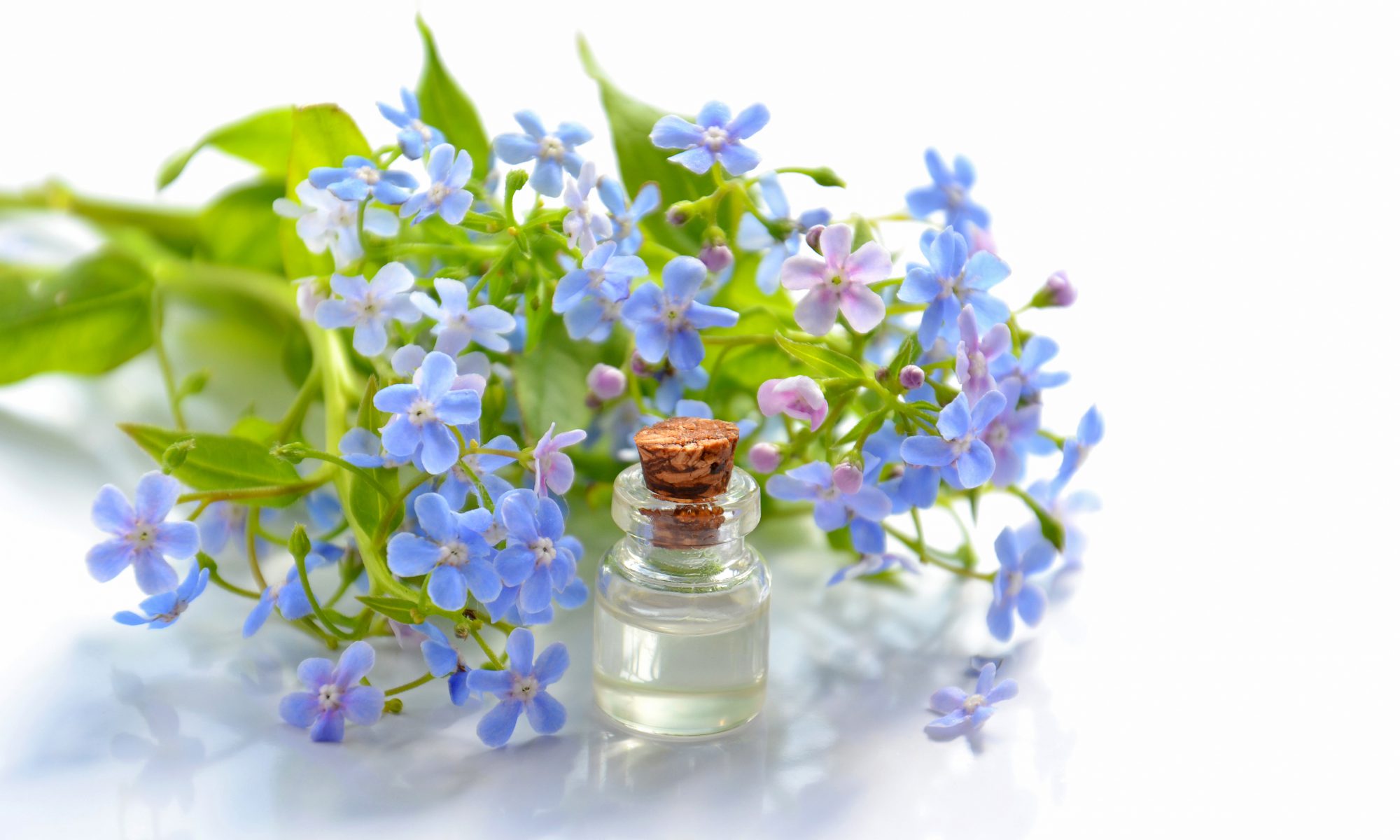The fact that fragrances are produced in various concentrations has already been described many times, for example here: https://www.leparfumlechic.sk/strucny-navod/.
The stated concentration values are rather indicative, in practice, they sometimes overlap, because different ingredients have different characteristics and sometimes behave differently in different concentrations – after all, that’s one of the reasons why some perfumes have a slightly modified composition for different concentrations.
But what is the division all about? It is not only about the content of the fragrance, but also its carrier. The fragrance as such is both undiluted and almost unbearable and needs a “helper” to help it “peel off” from the surface, most often the skin, and disperse into the environment. Therefore it is usually alcohol because is highly volatile. Thus, it could simply be said that the more concentrated the scent, the longer it will last but will stick to the skin, and vice versa, the larger the proportion of volatiles, the more the scent will enter the space. It basically works that way, but of course, it’s a little different for each fragrant ingredient.
But 71% Extrait, this is something I haven’t had a chance to try yet.
Parfum versus Eau de Parfum and what it is Extrait.
So what is different about Parfum and others? It is a magic word “Eau”, ie “water”. “Pure” perfume, ie a product marked “Parfum” on the box, should not contain water in its ingredients. At all. This is sometimes circumvented by various designations such as Voile de Parfum, Parfum de Toilette and like that, which either bypass the issue of water content or, conversely, concentration, but these will not interest us. However, the term “Parfum” is increasingly being replaced by “Extrait” for several reasons. One of them is, of course, the occasional circumvention of the Parfum criteria, but more often it is either emphasizing that the perfume is even more concentrated than usual Parfum or simply because an incredible… but really unbelievable number of customers (and unfortunately also sometimes insufficiently trained staff in perfumeries) basically distinguish only “parfum” and “eau de toilette” and when labeled “Eau de Parfum” they are convinced that they hold “Parfum” in their hands.
Today I have the opportunity to compare two concentrations of Iridium perfume by Tom Daxon, Iridium 71% vs. Iridium EdP. I search in vain in my memory, but I don’t remember ever having a perfume in my hands in terms of a finished product with such a strong concentration.
So far, probably the strongest concentrations I’ve used have been fragrances labeled “Double Extrait” by Annette Neuffer, but they don’t have the exact percentage composition, and I admit that, even though I like them, I wear them for my own comfort diluted with perfumers alcohol.
So I’m very, very curious, what did Tom Daxon made with that Iridium?
Say Tetramethyl Acetyloctahydronaphthalenes three times in quick succession.
In the history of modern perfumery, several substances have made a small revolution over time. Ionons that have replaced violets or irises, ethyl vanillin as a substitute for real vanilla, aldehydes stand behind such famous scents as Chanel’s No.5, a wave of synthetic musks as an ethical substitute for animal musk, and although perfume companies have been mass-producing one after the other, Tetramethyl acetyloctahydronaphthalene, sold under the trade name Iso E Super, is probably the most famous now. Although it was patented as early as 1975, perhaps the biggest hype about it was made by perfumer Geza Schoen (who in my opinion is much better at creating hypes than perfumes), when in 2006 he launched the scent Molecule 01, which is actually a pure solution of Iso E Super. Since then, “guaranteed” information has spread, as this miraculous molecule does not smell itself, but emphasizes the scent of any perfume, even emphasizing the scent of one’s own body so that it is completely but completely sexually irresistible (remind me… why do we actually shower daily, use deodorant and perfume?)
I wish it was that easy…
Iridium
Why am I talking about this?
Iridium perfume is a fragrance largely based on the Iso E Super molecule. When it is clean, some people do not smell it at all, some weakly, and even those who feel it describe it very differently, from different woody tones, through amber, some even talk about citrus or delicate flowers. I usually feel it as a weak cedar (ok, so in the case of an extract with 71% concentration, I delete the word weak…). However, in combination with other ingredients, everything is suddenly completely different…
Iridium as a scent is just as variable. It is named after a precious metal that is found almost exclusively in meteorites on Earth, the manufacturer describes it as “charcoal coloured cashmere” and I smell it like twilight in a coniferous forest. As an ink drawing depicting a beautiful, untouched forest landscape overgrown with conifers in full force, among them protruding rocks overgrown with moss, reflected in the calm evening waters of a mountain lake. The “real” one is Extrait, the reflection in Lake Eau de Parfum.
Both are beautiful.
Extrait is deeper, like that dark forest and it really holds much longer (I still felt it after 24 hours despite the shower), Eau de Parfum is more transparent, as if it let the skin tone penetrate over itself from the beginning. He also holds up well for this concentration, but he just doesn’t catch on to Extrait in this regard.
It should be tested on your own skin. And I wonder if and how different it will be on and for others.
